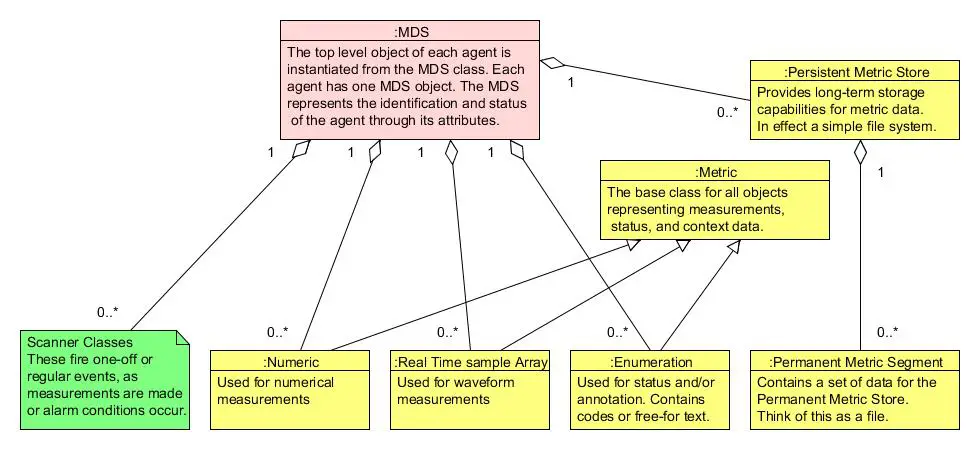HLD vs LLD In software development
Architecture plays a crucial role in defining how a system will be built. Here’s a breakdown of High-Level Design (HLD) and Low-Level Design (LLD) aka HLD vs LLD in the context of architecture:
High-Level Design (HLD):
- Focuses on the “big picture” of the system’s architecture.
- Defines the overall functionality, components, and their interactions.
- Uses high-level, non-technical language for a broad audience (stakeholders, project managers).
- Provides a roadmap for the system’s development.
Key components of an HLD for Architecture:
- System components: Identifies the major building blocks of the system (e.g., Database, User Interface, Security module).
- Component interactions: Defines how different components will communicate and exchange data.
- Data flow: Illustrates the flow of data throughout the system.
- Architectural style: Chooses a suitable architectural style (e.g., Microservices, Client-Server) based on project requirements.
- Technologies: Provides a high-level overview of the technologies planned for development (e.g., programming languages, databases).
- Non-Functional Requirements (NFRs): Specifies performance, scalability, security, and other non-functional aspects of the system.
Low-Level Design (LLD):
- Dives deeper into the technical details of individual components defined in the HLD.
- Provides a blueprint for developers to implement specific functionalities.
- Uses more technical language specific to the chosen programming languages and technologies.
Key components of an LLD for Architecture:
- Detailed component design: Provides a detailed breakdown of each component’s internal structure, algorithms, and data structures.
- API design: Defines the interfaces (APIs) used for communication between components.
- Database schema: Specifies the structure of the database tables and their relationships.
- Error handling: Defines how the system will handle errors and exceptions.
- Testing strategy: Outlines how individual components and the overall system will be tested.
Here’s an analogy to understand the difference between HLD vs LLD:
Imagine building a house.
- HLD: The HLD would be the architectural blueprint outlining the number of floors, rooms, their purpose, and the overall layout.
- LLD: The LLD would be the detailed construction plans for each floor, specifying materials, electrical wiring diagrams, plumbing layouts, etc.
In conclusion to HLD vs LLD:
HLD and LLD work together to ensure a well-designed and implemented system. The HLD provides the foundation, and the LLD translates that foundation into specific technical instructions.

